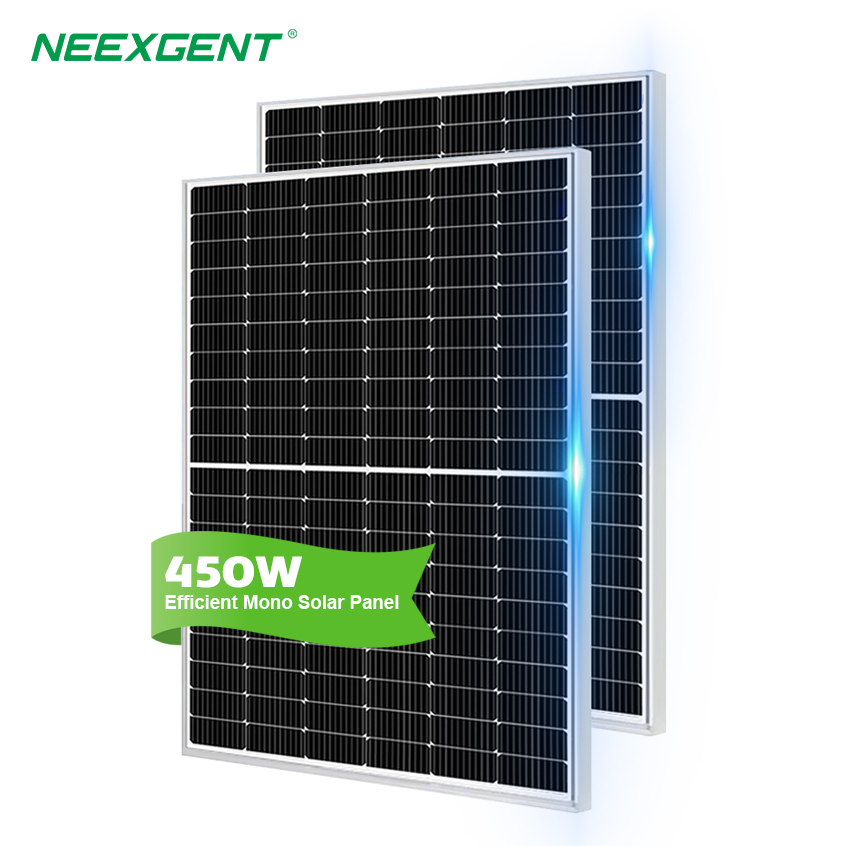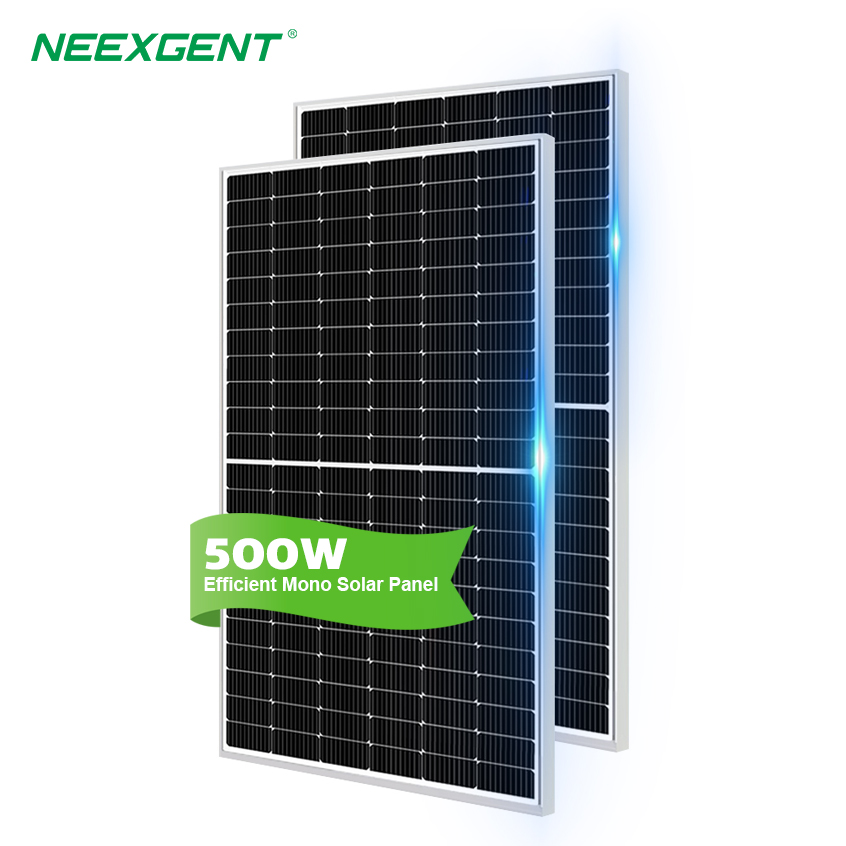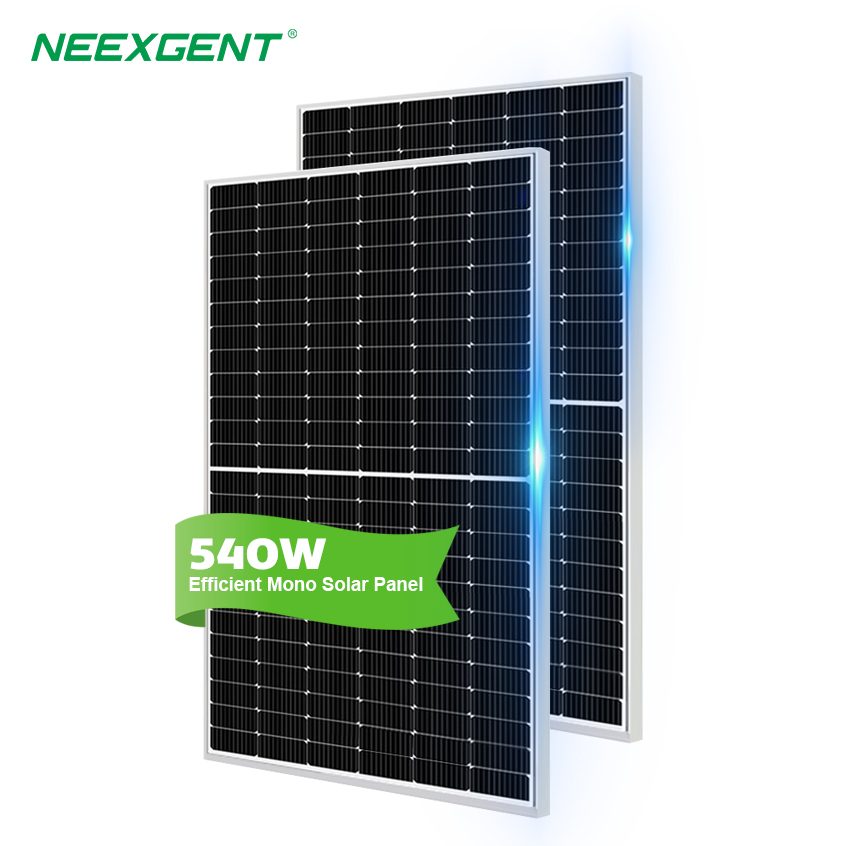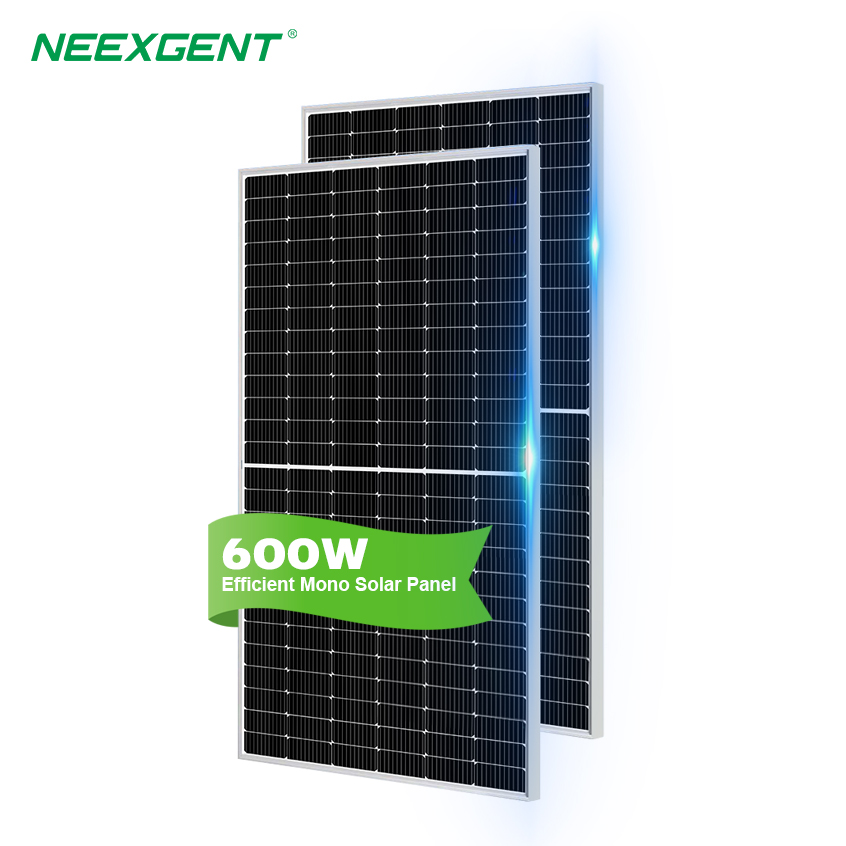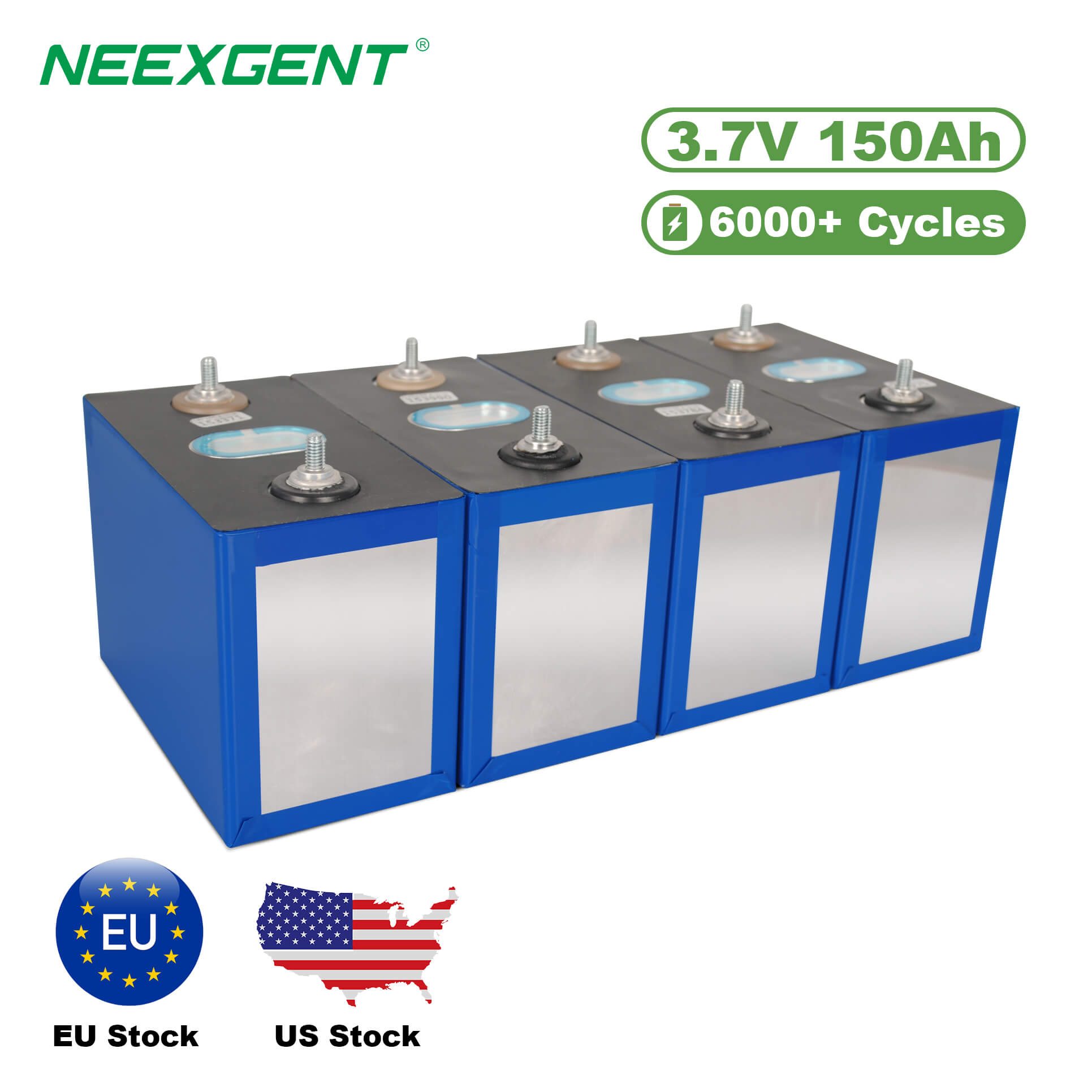Contents:
Charging a 48V battery with solar panels is an efficient way to harness renewable energy for various applications, from off-grid homes to electric vehicles. The process of charging involves several key components working together, including solar panels, a charge controller, and the battery itself. Let’s break down the process step by step.
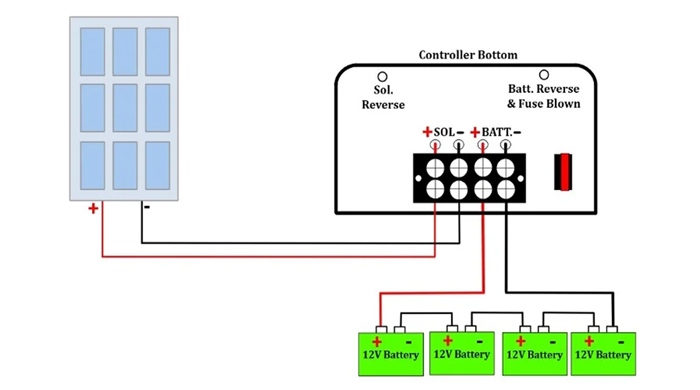
Step 1: Understanding the Components
To charge a 48V battery using solar energy, you'll need the following equipment:
1. Solar Panels: Solar panels convert sunlight into direct current (DC) electricity. The number of panels needed depends on the power requirements and available sunlight.
2. Solar Charge Controller: This device regulates the voltage and current coming from the solar panels to safely charge the 48V battery. The charge controller prevents overcharging and protects the battery.
3. 48V Battery: This is the storage unit where the solar energy is stored. It could be used to power devices, appliances, or systems that require a 48V power source.
Step 2: Choosing the Right Solar Panel System
For optimal charging, you need to calculate the required wattage of your solar panel system. A typical 48V battery requires a charging voltage between 54V to 58V, depending on the state of charge.
Here’s how to calculate the number of solar panels you need:
1. Determine the total wattage of your solar panel system. This is typically based on your energy needs and how much sunlight you get daily.
2. Calculate the output voltage and current. For a 48V battery, you’ll need a solar panel array that produces a voltage slightly higher than the battery’s voltage, ideally around 60V at peak performance.
3. Select a panel with the right output. For example, if each panel generates 300W, you can calculate the number of panels required by dividing your total energy requirement by the wattage of each panel.
Step 3: The Role of the Charge Controller
The charge controller is a critical component that ensures the proper charging of the 48V battery. It comes in two main types: PWM (Pulse Width Modulation) and MPPT (Maximum Power Point Tracking).
-
PWM Controllers: These are more affordable but less efficient. They simply reduce the voltage from the solar panels to match the battery’s voltage.
-
MPPT Controllers: These are more advanced and efficient. They track the solar panel’s output and adjust the current to extract the maximum power, especially in low light conditions.
MPPT controllers are generally preferred for 48V systems because they optimize the power output from the solar panels and can charge the battery faster.
Step 4: Wiring and Setup
Once you have the correct solar panels and charge controller, the next step is wiring the system. Here's a simple guide:
1. Connect the solar panels to the charge controller. Most solar panels have a positive and negative terminal. The positive terminal of the solar panel should be connected to the positive input of the charge controller, and the negative to the negative input.
2. Connect the charge controller to the battery. Again, connect the positive and negative terminals from the charge controller to the corresponding terminals of the 48V battery.
3. Ensure proper ventilation: Batteries and charge controllers generate heat during operation, so make sure your setup is in a well-ventilated area.
Step 5: Monitoring and Maintenance
To ensure that your solar panel system is charging the 48V battery efficiently, it’s important to monitor the system regularly:
1. Check the charge status on the controller’s display. Many controllers offer real-time data on the battery’s state of charge.
2. Ensure clean panels: Dust and debris can reduce the efficiency of the solar panels. Clean them regularly to maximize energy output.
3. Maintain the battery: Follow the manufacturer’s guidelines for battery maintenance to prolong its life.
Step 6: Efficiency Considerations
To maximize efficiency, keep in mind these tips:
1. Ensure proper alignment of solar panels: Solar panels should be positioned to face the sun directly for most of the day.
2. Avoid shading: Even partial shading can significantly reduce the output of your solar panel system.
3. Monitor weather conditions: Solar panel performance is greatly affected by weather, so account for cloudy days or seasonal variations in sunlight.
Technical Details and Charge Rates
The charging rate of a 48V battery depends on the solar panel output and the charge controller’s efficiency. Here’s a general idea:
| Time of Day |
Solar Panel Output (W) |
Battery Charge (%) |
Remarks |
| Morning |
200-300W |
10-20% |
Low sunlight in the morning |
| Midday |
500-700W |
30-50% |
Maximum solar input |
| Afternoon |
300-500W |
50-80% |
Decreasing sunlight, less charge |
| Evening |
100-200W |
80-100% |
Sunlight fading, less efficient |
By following these steps, you can successfully set up a solar panel system that will efficiently charge your 48V battery, making the most of solar energy for off-grid or backup power systems.
Step 7: Optimizing Energy Storage and Use
Efficiently managing the energy stored in the 48V battery is essential for maximizing the performance of your solar system. This involves understanding your energy consumption patterns and the battery’s charge cycles.
1. Energy Consumption Monitoring: Regularly monitor how much energy your appliances or systems are using. Devices like energy meters or battery management systems (BMS) can give real-time data on the battery’s charge and discharge cycles.
2. Load Management: If you are using a 48V battery in a home solar system, it's important to manage your electrical load wisely. Use energy-hungry appliances during the day when solar generation is high, and reserve battery power for nighttime or cloudy days when solar input is minimal.
Step 8: The Importance of Battery Sizing
The size of your 48V battery is critical for ensuring you have enough stored energy for your needs. It’s important to size the battery appropriately to avoid over-discharge or undercharge, which can damage the battery over time.
Here’s a basic guide to sizing:
1. Calculate Daily Energy Use: Add up the total watt-hours (Wh) required for your daily use. For example, if your system uses 1000Wh per day, you need a battery that can store at least that amount.
2. Battery Capacity: To calculate the battery size, divide your daily energy requirement by the voltage of the battery. For a 48V system, if you need 1000Wh per day, the battery capacity would be:
Battery Capacity (Ah) = Energy Requirement (Wh) / Battery Voltage (V)
Battery Capacity = 1000 Wh / 48 V ≈ 20.83 Ah
So, a 48V battery with at least 21Ah capacity would be required to store 1000Wh of energy.
Step 9: Understanding Charge and Discharge Cycles
Batteries used in solar systems, particularly lithium-ion batteries, have a finite number of charge and discharge cycles. Typically, a lithium-ion battery will last anywhere from 2000 to 5000 cycles, depending on the depth of discharge (DoD) and other factors.
-
Shallow Discharge: To prolong battery life, it's recommended to only discharge the battery to around 20-30% of its capacity before recharging it.
-
Deep Discharge: Avoid discharging the battery completely as it can shorten the lifespan significantly.
Step 10: Ensuring Safe Operation
Safety is paramount when working with solar energy systems and batteries. Follow these guidelines:
1. Proper Wiring: Ensure that all connections are properly insulated and free from corrosion. Incorrect wiring can lead to short circuits and potential fire hazards.
2. Overvoltage Protection: Use a charge controller that protects the system from overvoltage, overcurrent, and overheating.
3. Battery Management System (BMS): If you are using lithium-ion batteries, ensure they are equipped with a BMS to protect against overcharging, excessive discharge, and temperature fluctuations.
Solar Power Output and Battery Charging Over Time
The efficiency of the solar panel system in charging a 48V battery can vary based on the time of day and weather conditions. The following graph illustrates typical solar panel output throughout the day.
This chart represents the typical power output from solar panels at different times of the day. As you can see, solar power output is highest at midday and gradually decreases in the afternoon and evening.
Step 11: Integrating Energy Storage with Other Systems
In addition to powering homes or vehicles, a 48V battery system can be integrated with other energy storage solutions or electrical devices. This is especially useful in larger systems where you might want to store energy for extended periods or manage power in a more dynamic way.
1. Hybrid Systems: Many solar energy systems are designed to work alongside other power generation sources, such as wind or diesel generators. A hybrid system can switch between different power sources depending on availability, ensuring a continuous power supply.
2. Off-Grid and Grid-Tied Systems: While off-grid systems completely rely on solar power and batteries, grid-tied systems are connected to the utility grid. With a grid-tied system, you can use solar power when it’s available, store excess energy in the 48V battery, and feed surplus power back into the grid, potentially earning credits.
Step 12: Solar Panel System Performance Over the Year
Performance of the solar panel system in charging the 48V battery will vary throughout the year, largely influenced by seasonal changes in sunlight hours and weather patterns. In general, the summer months will provide more charging power compared to winter months, especially in regions with significant seasonal variation in sunlight.
Below is an example table showing how the solar output may change throughout the year in a typical location with moderate seasonal variation:
| Season |
Average Solar Output (W) |
Battery Charge (%) |
Remarks |
| Spring |
300-500W |
20-40% |
Moderate sunlight, good for charging |
| Summer |
500-700W |
40-70% |
Peak solar generation, optimal for fast charging |
| Autumn |
250-400W |
30-50% |
Decreasing sunlight, still good for charging |
| Winter |
150-250W |
10-20% |
Low sunlight, slower charging rates |
This table provides an idea of how solar output and battery charging vary throughout the seasons. In regions with a more pronounced seasonal shift, solar panels will produce significantly more energy in the summer months, while winter may require supplementary energy sources to maintain sufficient battery charge.
Step 13: Troubleshooting Common Issues
1. Low Charging Rate: If your 48V battery is not charging as expected, it could be due to several factors:
- Dirty Solar Panels: Dirt and debris can reduce the efficiency of solar panels. Clean the panels regularly to ensure maximum exposure to sunlight.
- Faulty Charge Controller: The charge controller might not be functioning properly. Check for error codes and make sure it is correctly configured for your battery type.
- Poor Sunlight: Weather conditions can greatly affect solar power generation. Ensure that the panels are positioned optimally for maximum sunlight.
2. Overcharging/Undercharging: Overcharging or undercharging a 48V battery can damage it. This issue can usually be prevented by using a quality charge controller with built-in protections, such as overcharge and over-discharge protection.
3. System Monitoring: Regularly monitor the battery and charge controller readings. Many charge controllers provide real-time data about the battery’s state of charge, allowing you to spot any irregularities early.
The shift towards renewable energy is accelerating, and solar power remains one of the most promising solutions for sustainable energy production. With ongoing innovations in solar panel efficiency, battery storage, and grid integration, the cost-effectiveness of solar energy systems is improving, making them more accessible to homeowners and businesses alike.
As the technology continues to evolve, we can expect even greater advances in energy storage solutions, such as more efficient batteries and the ability to store larger amounts of energy in smaller units. These innovations will make it easier to store excess energy during the day for use at night or during periods of high demand, leading to a more resilient and self-sufficient energy ecosystem.
Additionally, solar-powered systems paired with 48V batteries will play a significant role in electric vehicles (EVs) and off-grid applications, providing an eco-friendly alternative to traditional power sources. The integration of smart systems will allow for better energy management, ultimately contributing to more sustainable and cost-effective solutions for both consumers and businesses.
FAQs
To connect a solar panel to a 48V battery, you need a charge controller that is compatible with both the solar panel and the battery. The charge controller regulates the amount of power being sent to the battery, ensuring it charges safely. The connection process involves:
- Solar Panel to Charge Controller: Connect the positive and negative terminals of the solar panel to the corresponding inputs on the charge controller.
- Charge Controller to Battery: Similarly, connect the charge controller’s output terminals to the battery, ensuring the correct polarity (positive to positive and negative to negative).
- Monitoring: Use a Battery Management System (BMS) to monitor the battery’s charge level and health.
The charging time for a 48V battery depends on several factors, including:
- Solar Panel Capacity: A higher wattage solar panel will charge the battery faster. For example, a 300W solar panel might take longer than a 600W panel to fully charge the same battery.
- Battery Capacity: A larger battery (e.g., 200Ah vs. 100Ah) will take longer to charge.
- Sunlight Availability: Clear, direct sunlight will charge the battery faster, while cloudy or overcast conditions can reduce the charging rate.
On average, it may take anywhere from 6 to 12 hours to fully charge a 48V battery, depending on these factors.
No, a well-designed charge controller will prevent overcharging. Most modern charge controllers have built-in features like overcharge protection, which automatically stops the charging process once the battery reaches its full capacity. Without a charge controller, however, there is a risk of overcharging, which can damage the battery and reduce its lifespan.
The size of the solar panel depends on the battery’s capacity and your energy needs. A rough estimation can be made by dividing the battery capacity in watt-hours (Wh) by the solar panel’s output. For example, if you have a 48V battery with a 200Ah capacity (9600Wh) and want to fully charge it in one day, you would need a solar panel system that can provide at least 9600Wh of energy within the hours of sunlight. As a general rule, a solar panel with a capacity between 300W to 600W will typically suffice for a 48V battery, depending on your location and sunlight exposure.
For solar applications, lithium-ion (LiFePO4) and lead-acid batteries are commonly used. However, lithium-ion batteries are generally preferred for several reasons:
- Efficiency: Lithium batteries are more efficient and have a higher depth of discharge (DoD), meaning you can use more of the battery’s capacity without damaging it.
- Longer Lifespan: Lithium-ion batteries last longer (up to 5,000 cycles) compared to lead-acid batteries (typically around 1,000 cycles).
- Compact Size: Lithium batteries are smaller and lighter, making them easier to install in limited spaces. However, lead-acid batteries are a more affordable option for those with budget constraints, though they require more maintenance and have a shorter lifespan.

